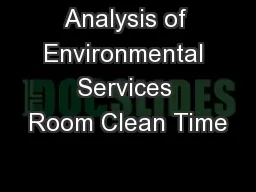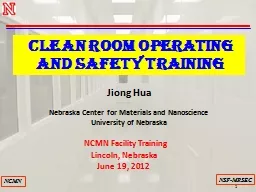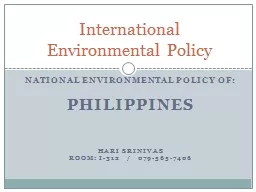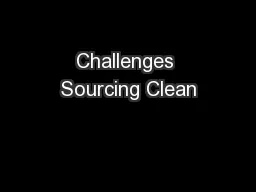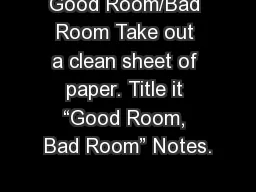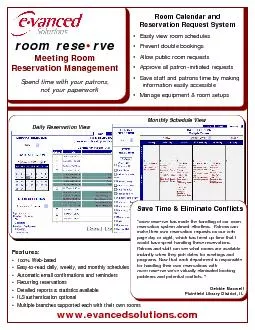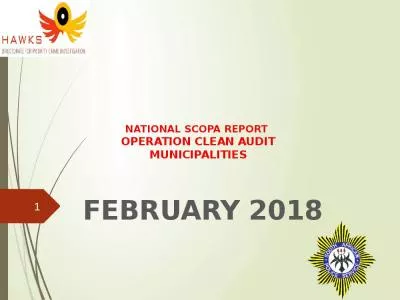PPT-Analysis of Environmental Services Room Clean Time
Author : liane-varnes | Published Date : 2017-04-07
IOE 481 Team 5 Anisha kapoor james schena steven terryn Connie zuo 1 Submitted to Michael Alexander Senior Business Analyst Environmental Services Jeffrey Steinke
Presentation Embed Code
Download Presentation
Download Presentation The PPT/PDF document "Analysis of Environmental Services Room ..." is the property of its rightful owner. Permission is granted to download and print the materials on this website for personal, non-commercial use only, and to display it on your personal computer provided you do not modify the materials and that you retain all copyright notices contained in the materials. By downloading content from our website, you accept the terms of this agreement.
Analysis of Environmental Services Room Clean Time: Transcript
Download Rules Of Document
"Analysis of Environmental Services Room Clean Time"The content belongs to its owner. You may download and print it for personal use, without modification, and keep all copyright notices. By downloading, you agree to these terms.
Related Documents

